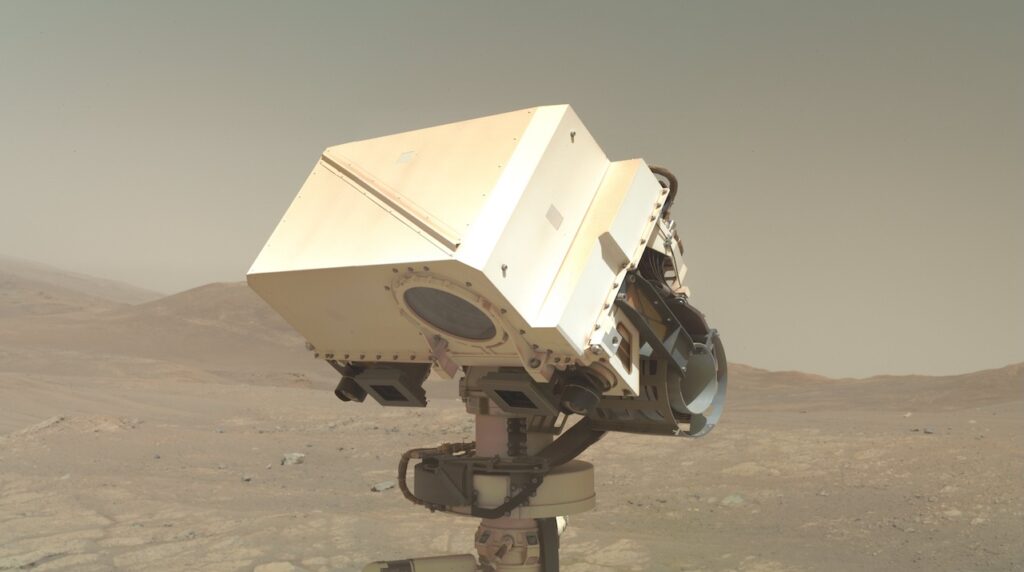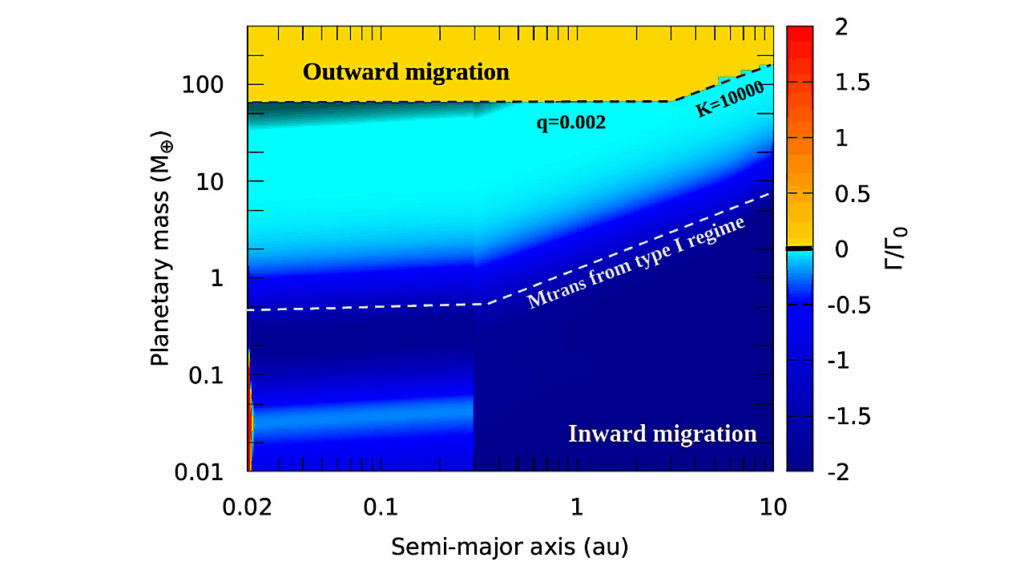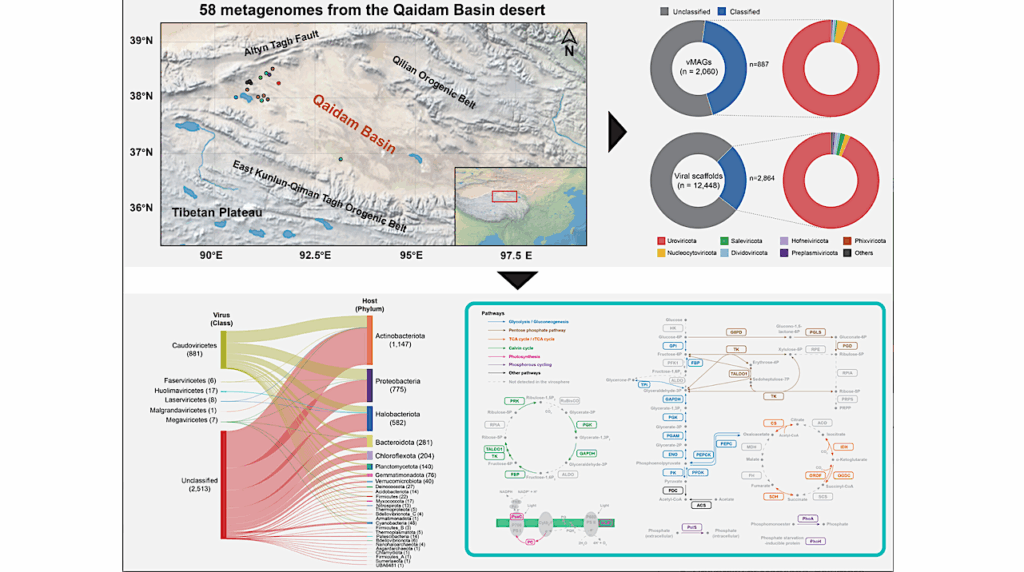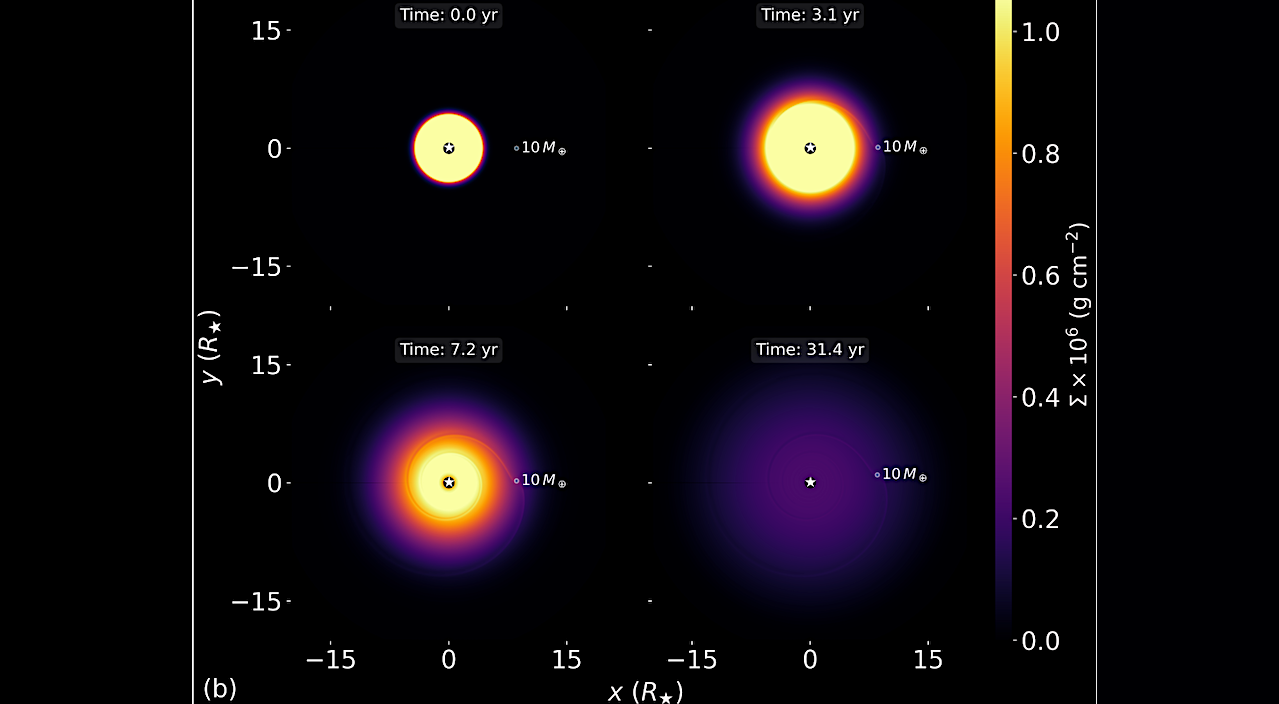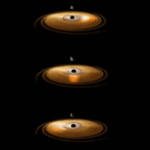Now Reading: Rotation Of Young Solar-type Stars As Seen By Gaia And K2
-
01
Rotation Of Young Solar-type Stars As Seen By Gaia And K2
Rotation Of Young Solar-type Stars As Seen By Gaia And K2
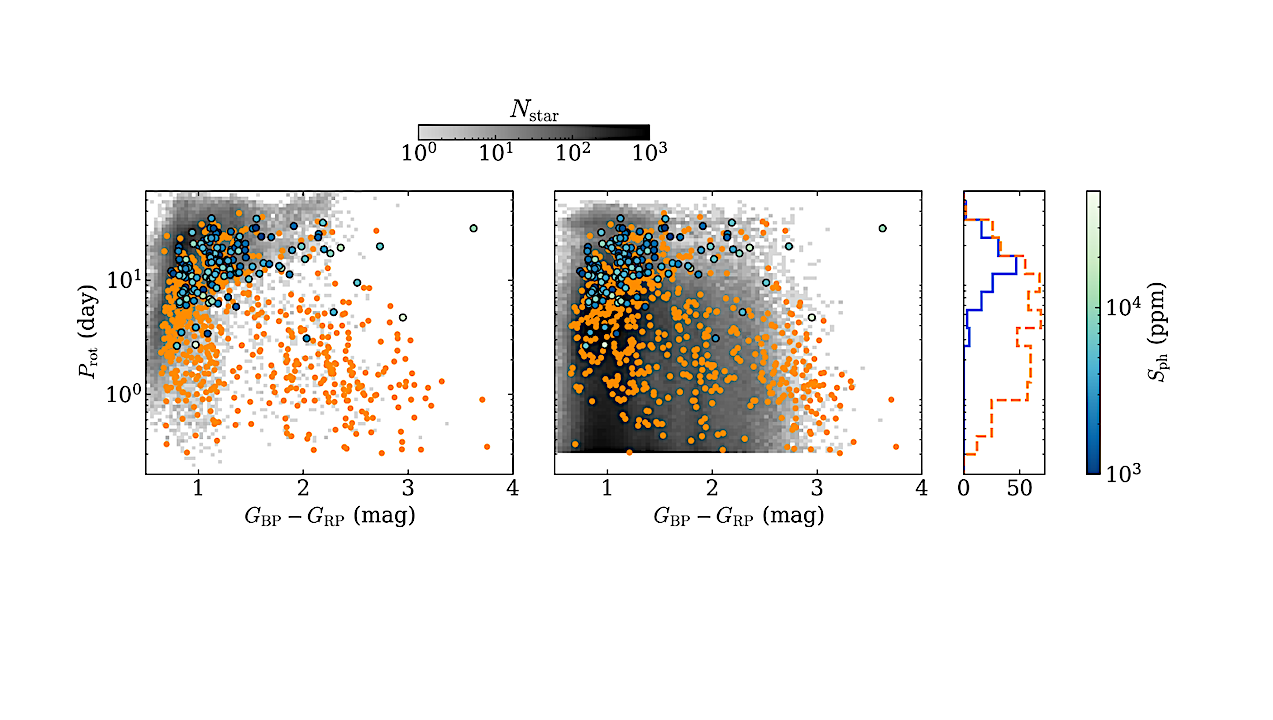

Prot vs GBP − GRP diagram. The S ph value is colour-coded for the stars for which Gaia and K2 rotation measurements are cross-validated. The stars for which the measurements are consistent are shown in orange. On the left panel, the sample is compared with the density distribution of the Kepler stars from Santos et al. (2019, 2021) (in grey) while on the right panel it is compared with the density distribution of the stars from Gaia DR3 (in grey). — astro-ph.SR
Accurate surface rotation measurements are crucial to estimate stellar ages and improve our understanding of stellar rotational evolution.
Comparisons of datasets obtained from different space missions on common targets represent in this sense a way to explore the respective biases and reliability of the considered instruments, as well as a possibility to perform a more in-depth investigation of the properties of the observed stars.
In this perspective, we aim at using observations for the K2 mission to provide an external validation to Gaia rotation measurements, and confront observables available from Gaia, K2, and Kepler.
We therefore crossmatch the Gaia rotation catalogue and the K2 mission Ecliptic Plane Input Catalogue (EPIC) in order to find Gaia stars with both measured rotation and periods and available K2 light curves. Using our crossmatch, we analyse 1063 light curves from the K2 mission in order to characterise stellar rotational modulations and compare the recovered periods with Gaia reference values.
The K2/Gaia cross-validated sample is used as a random-forest classifier training set to identify a subsample of Gaia stars with similar properties. We validate the Gaia rotation measurements for a large fraction of the sample and we discuss the possible origin of the discrepancies between some K2 and Gaia measurements.
We note that the K2 sample does not include members of the low-activity ultra-fast-rotating (UFR) population that was highlighted by Gaia observations, a feature that we explain considering the instrumental capabilities of K2. Placing our sample in perspective with the full Gaia rotation catalogues and Kepler observations, we show that the population for which both Gaia and K2 are able to measure rotation is composed of young late-type stars, a significant fraction of which is not yet converged on the slow-rotator gyrochronological sequence. [abridged]
Sylvain N. Breton, Elisa Distefano, Alessandro C. Lanzafame, Dinil B. Palakkatharappil
Comments: 15 pages, 19 figures. Accepted for publication in A&A
Subjects: Solar and Stellar Astrophysics (astro-ph.SR)
Cite as: arXiv:2507.20909 [astro-ph.SR] (or arXiv:2507.20909v1 [astro-ph.SR] for this version)
https://doi.org/10.48550/arXiv.2507.20909
Focus to learn more
Submission history
From: Sylvain Breton
[v1] Mon, 28 Jul 2025 15:02:38 UTC (7,338 KB)
https://arxiv.org/abs/2507.20909
Astrobiology, Astrochemistry,
Stay Informed With the Latest & Most Important News
-
 012024 in Review: Highlights from NASA in Silicon Valley
012024 in Review: Highlights from NASA in Silicon Valley -
 02Panasonic Leica Summilux DG 15mm f/1.7 ASPH review
02Panasonic Leica Summilux DG 15mm f/1.7 ASPH review -
 03From Polymerization-Enabled Folding and Assembly to Chemical Evolution: Key Processes for Emergence of Functional Polymers in the Origin of Life
03From Polymerization-Enabled Folding and Assembly to Chemical Evolution: Key Processes for Emergence of Functional Polymers in the Origin of Life -
 04How New NASA, India Earth Satellite NISAR Will See Earth
04How New NASA, India Earth Satellite NISAR Will See Earth -
 05And Thus Begins A New Year For Life On Earth
05And Thus Begins A New Year For Life On Earth -
 06Astronomy Activation Ambassadors: A New Era
06Astronomy Activation Ambassadors: A New Era -
07SpaceX launch surge helps set new global launch record in 2024












